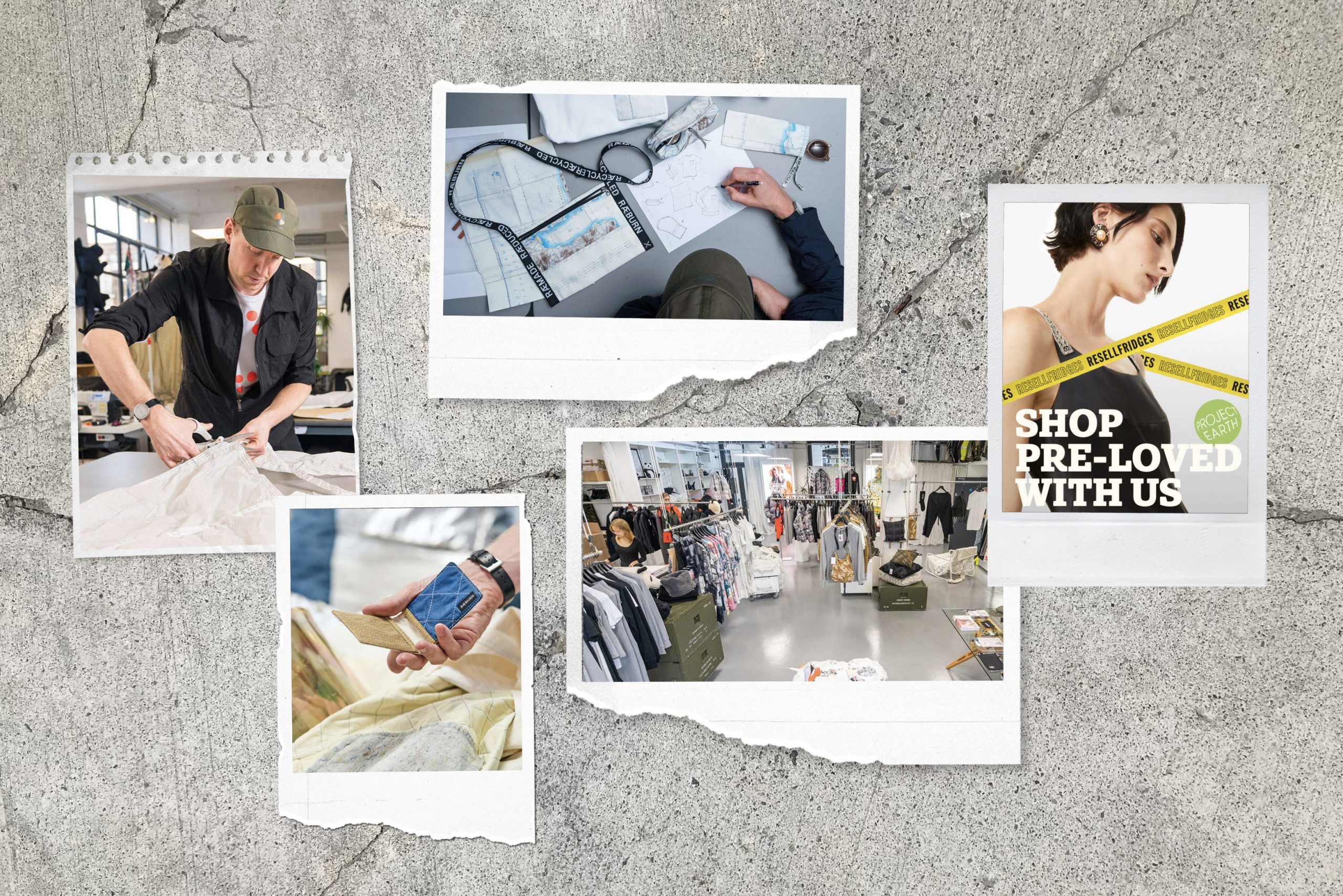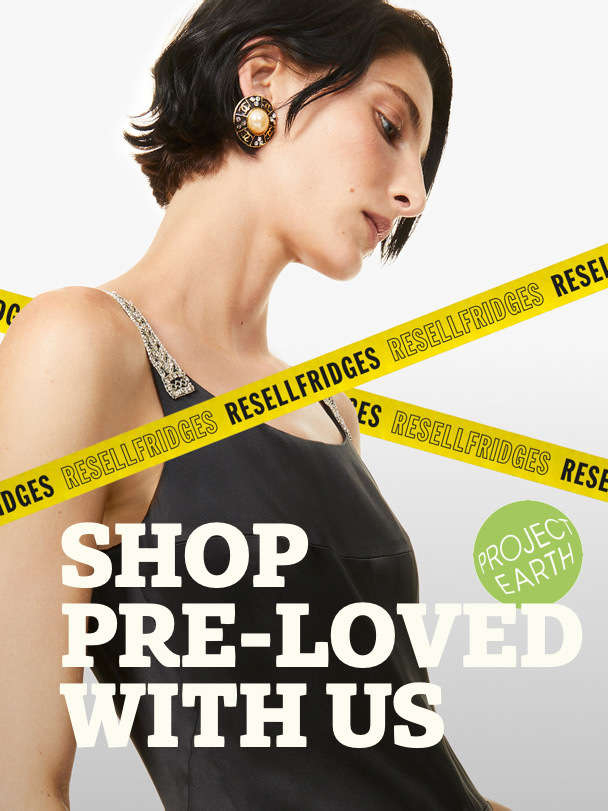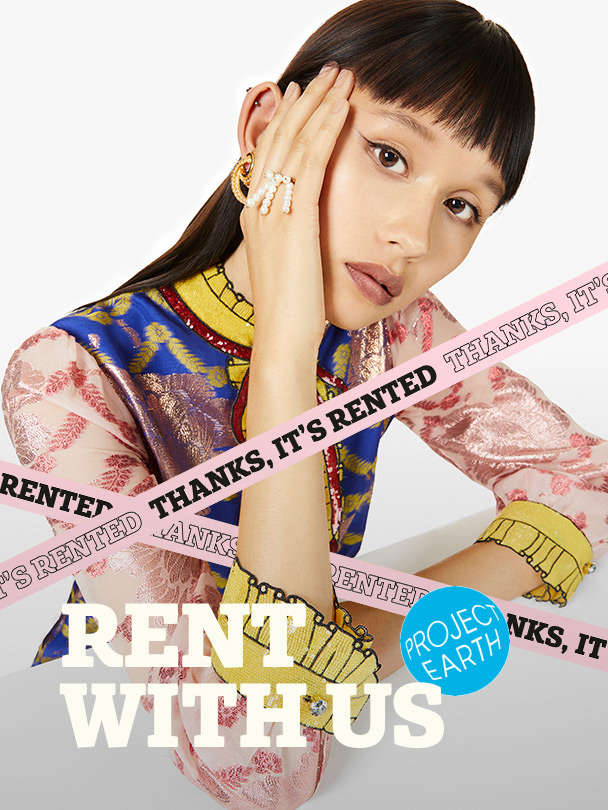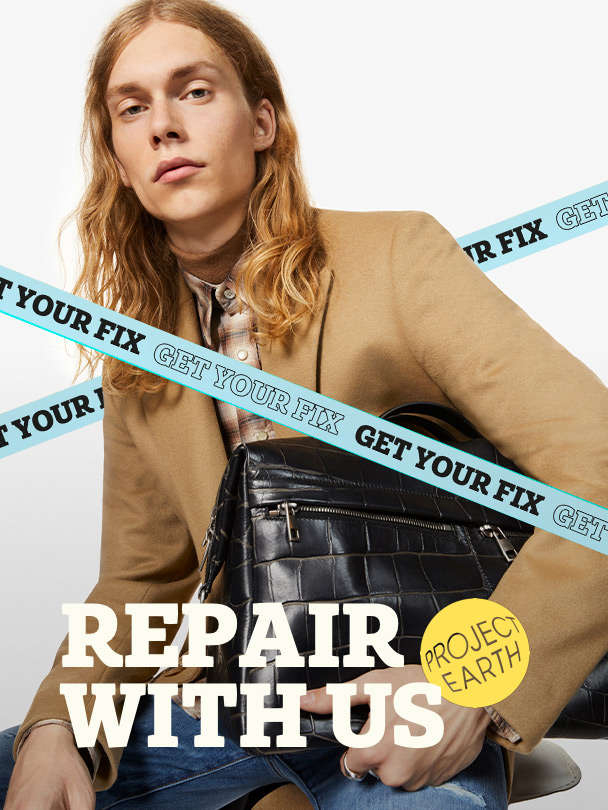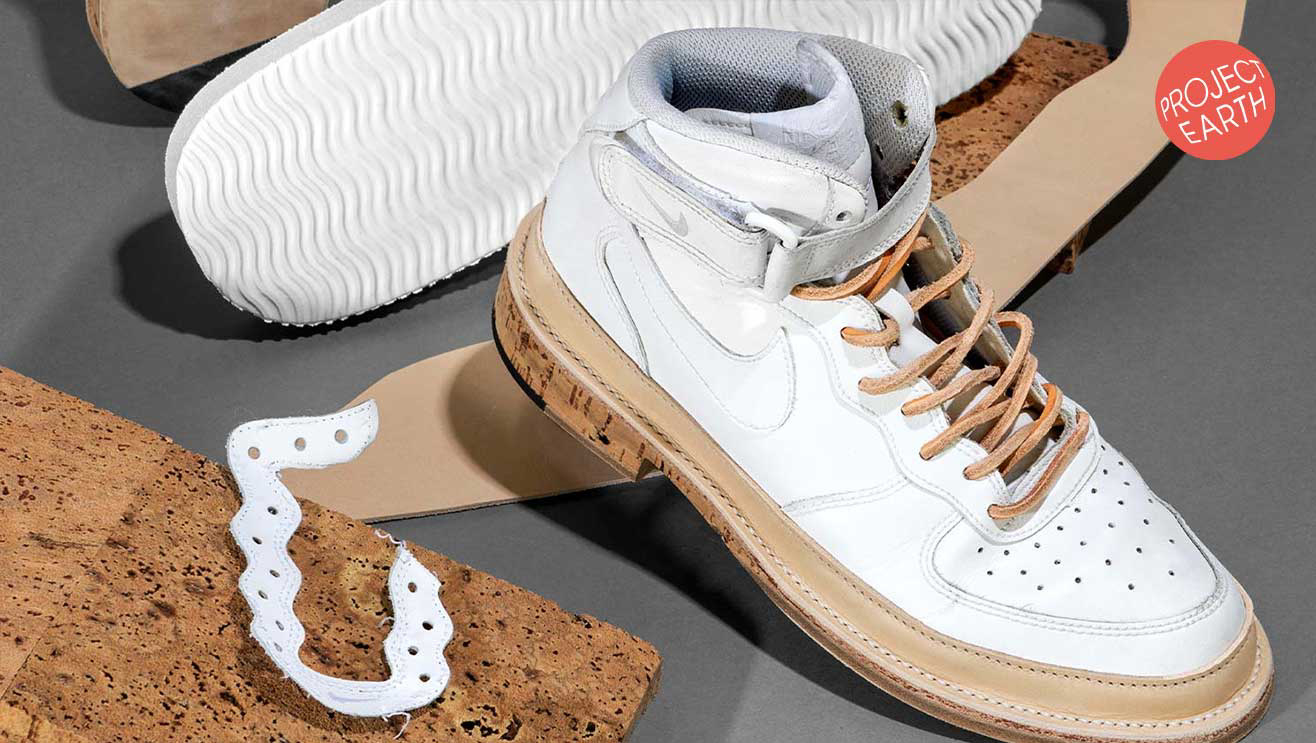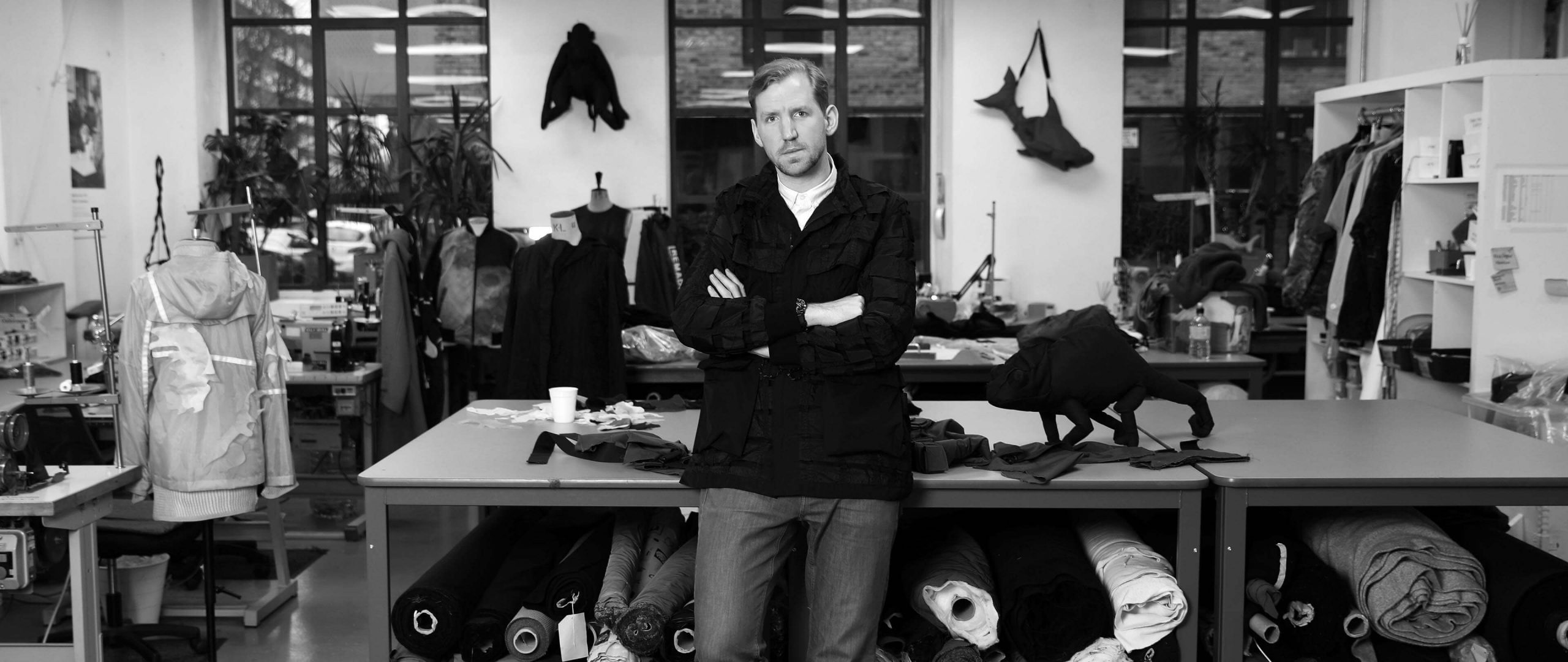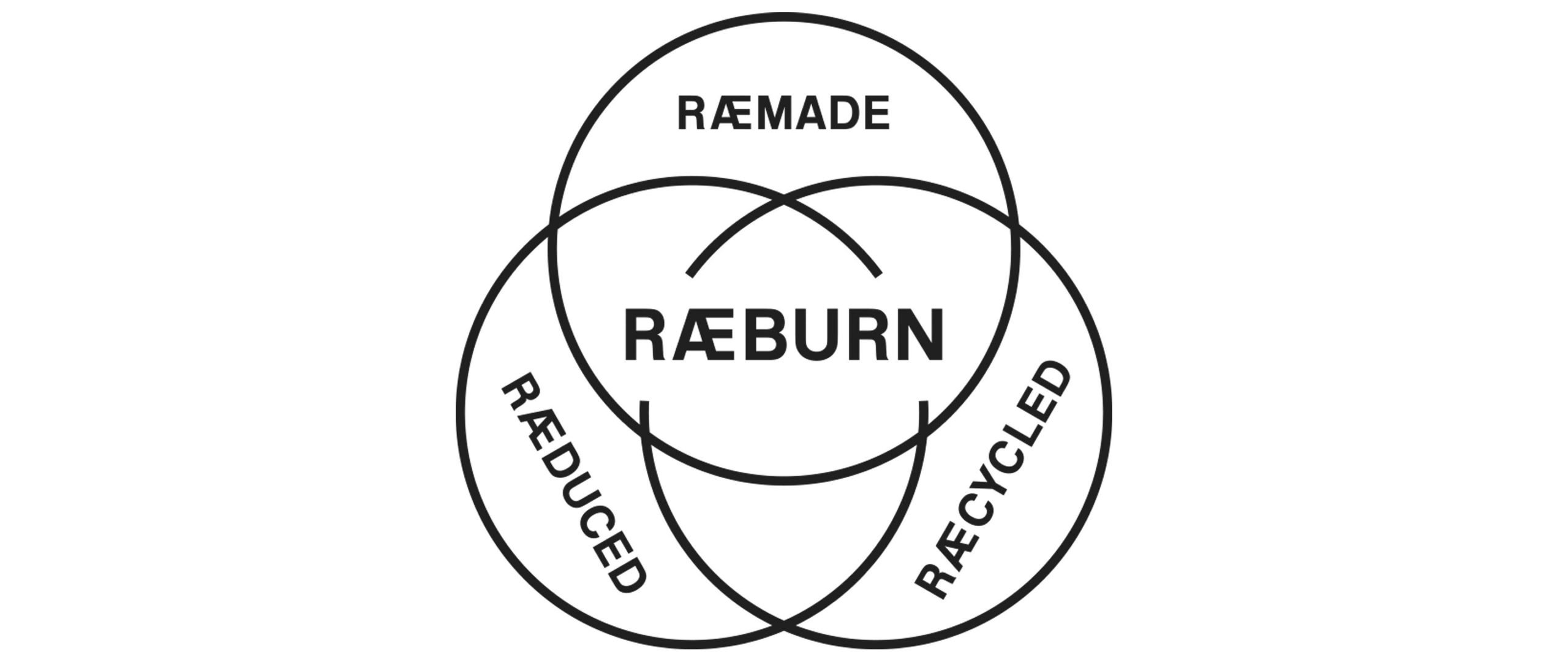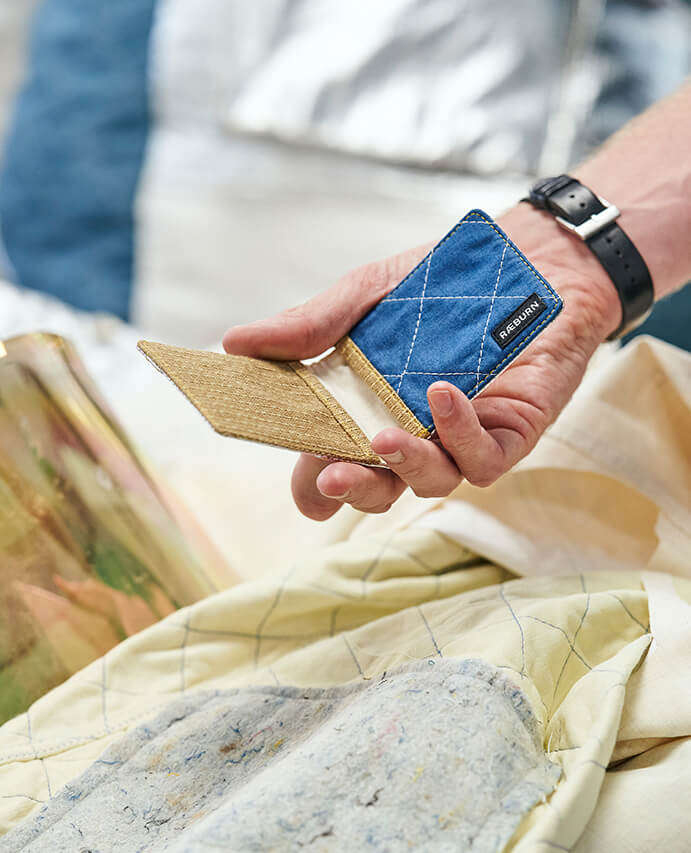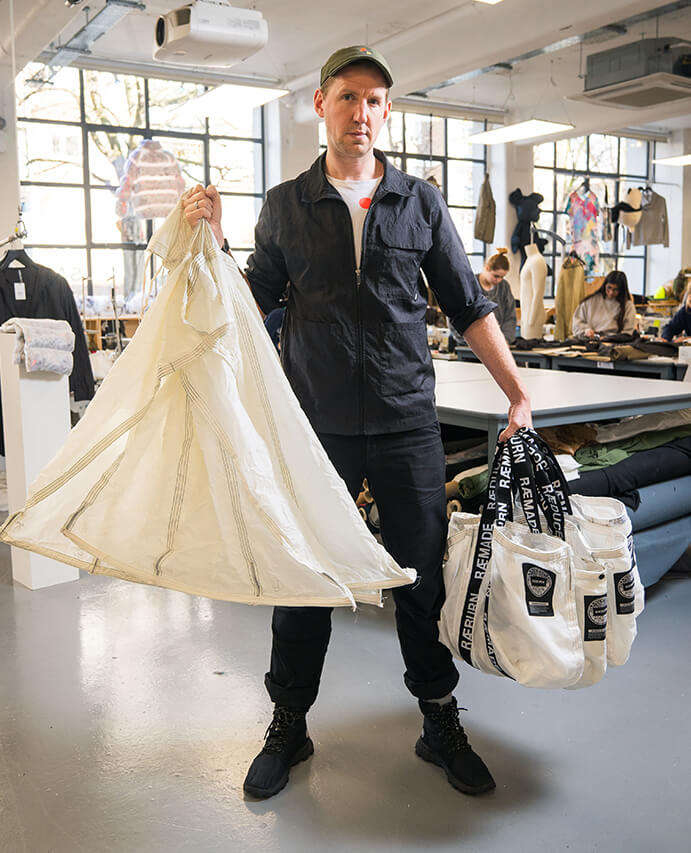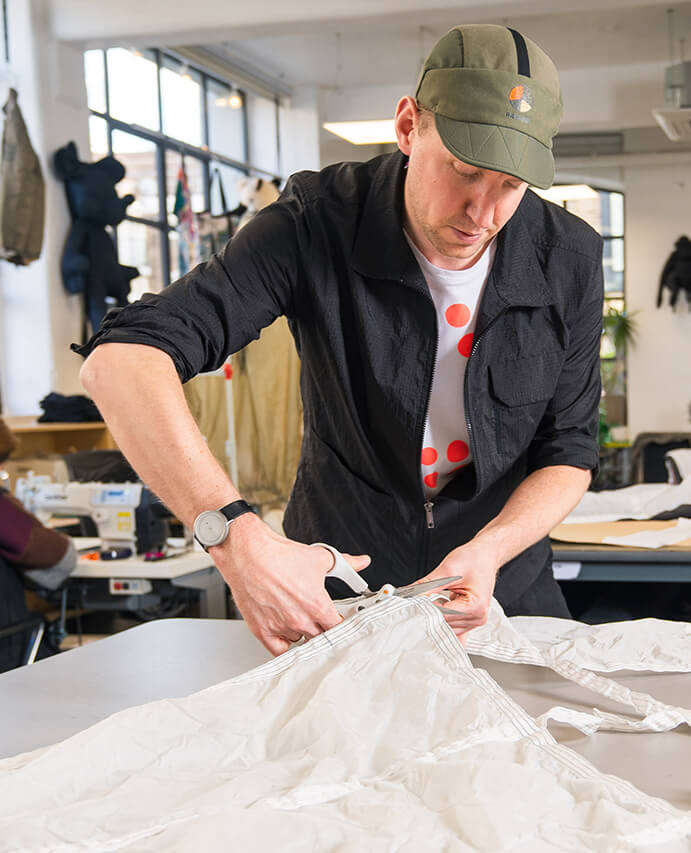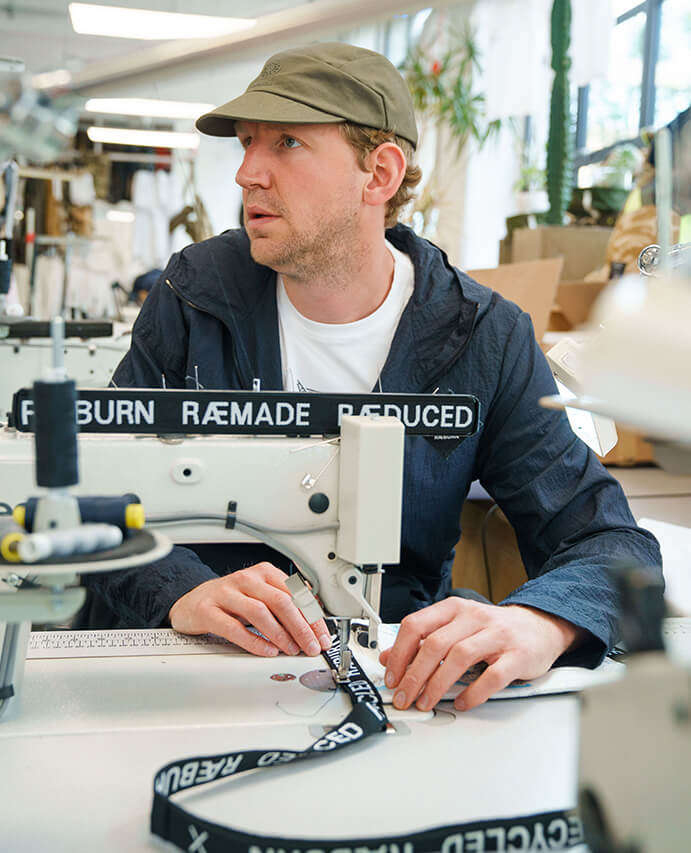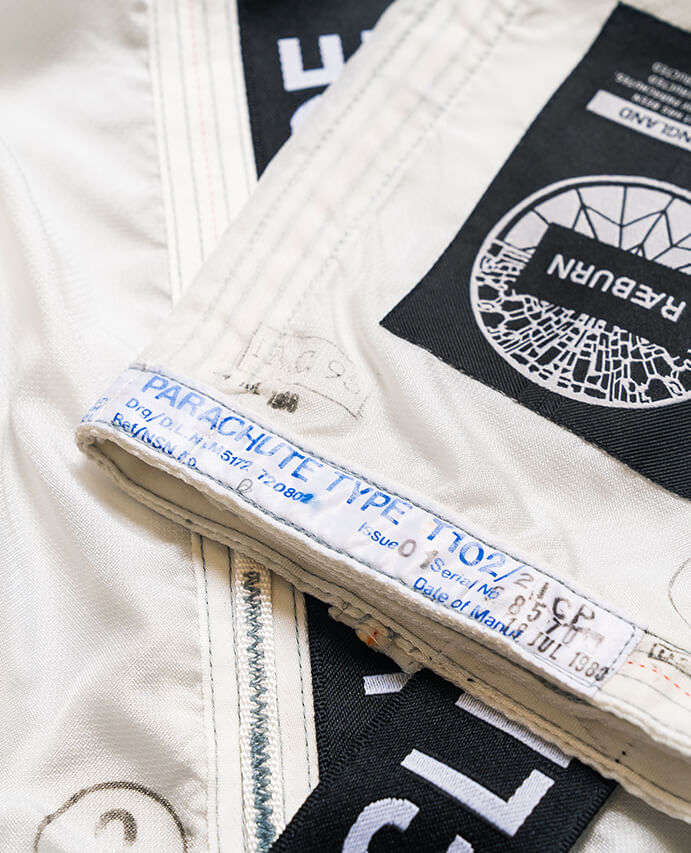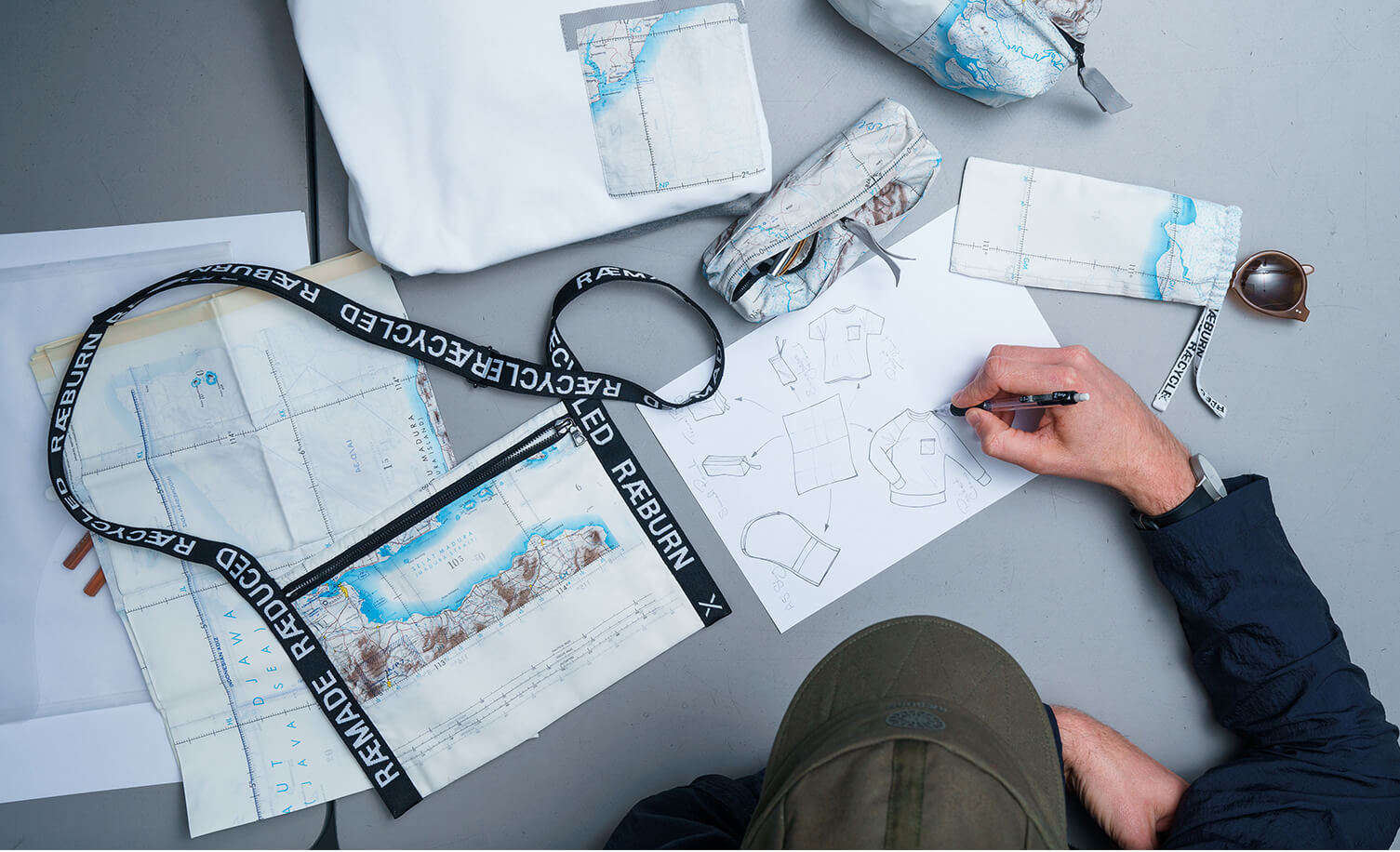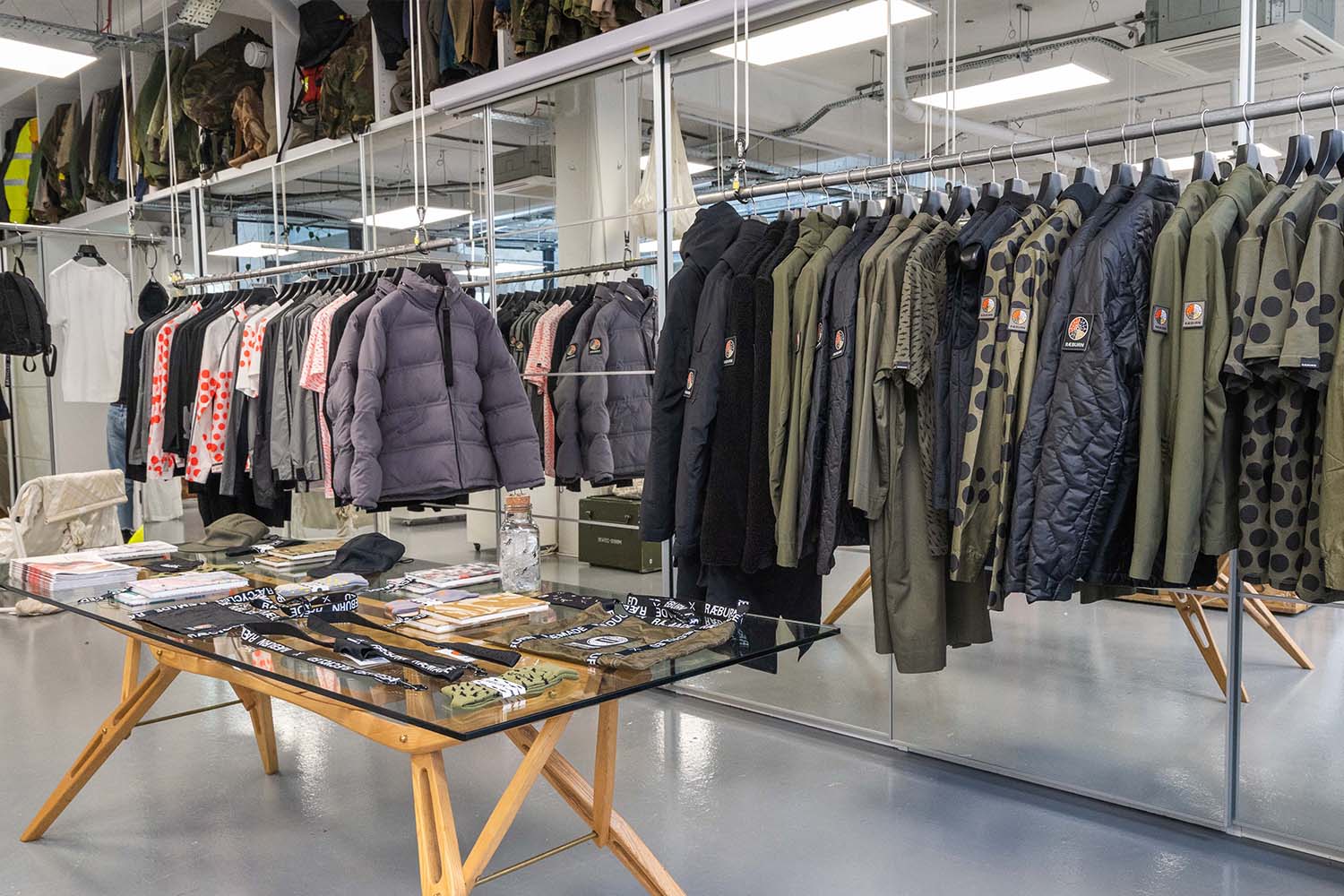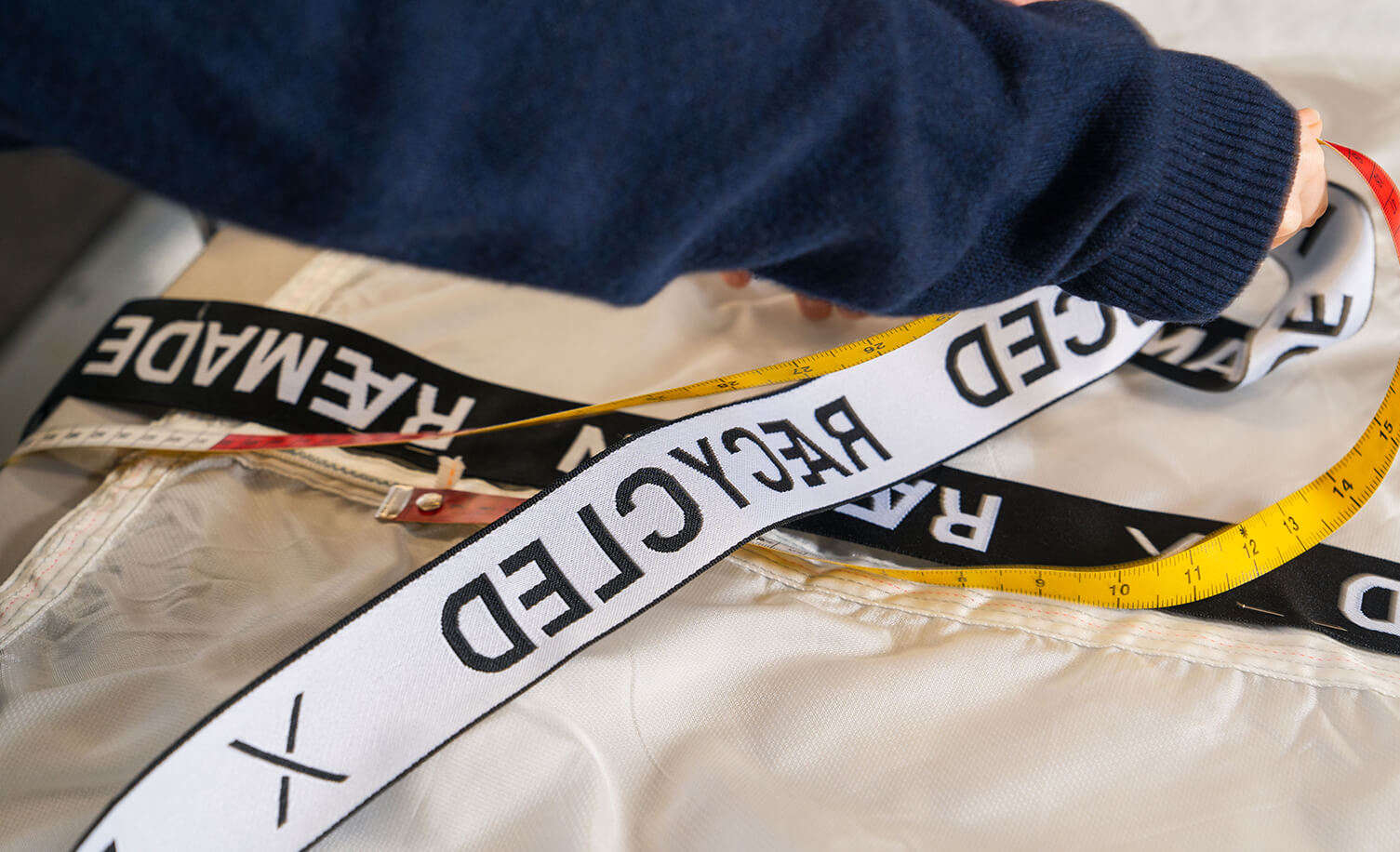Buying Vintage may not be the Solution to the Industry’s Woes – but there are Plenty of Marketing Lessons to be Learned from the Upcycling Trend
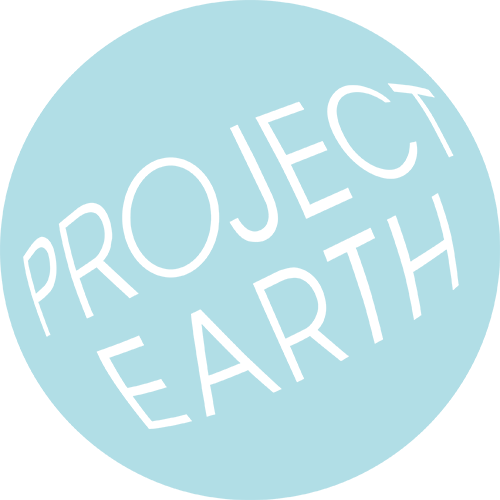
This past month, upmarket UK retailer Selfridges launched their #SecondHandSeptember campaign, taking the unusual step of encouraging their customers to only buy vintage items in an attempt to highlight the wider ‘Project Earth’ theme aimed at promoting sustainability, ethical practices and reducing waste. As part of this drive, stylist Bay Garnett, founder of the influential ‘thrift chic’ fanzine Cheap Date, curated a pop-up secondhand store within the flagship Selfridges store on London’s Oxford Street. Meanwhile, a program of events and collaborations with sustainability pioneers were scheduled – including a collection of remade and repurposed military surplus items by the designer Christopher Raeburn, exclusive to Selfridges.
Raeburn’s involvement is crucial – and lifts the messaging above simply telling customers to stop buying new clothes (an admirable attitude in terms of sustainability, but hardly a viable one for fashion brands already taking a hit from Covid and the ‘footfall shortfall’ on the high street and in shopping malls).
‘My view is very straightforward: we all need to work on this stuff together,’ Raeburn told us via Google Hangouts from his London HQ, ahead of hosting an online symposium on sustainability for London Fashion Week. ‘We need to stop and think – is it better that brands and big stores are moving this way or not?’
Raeburn is well placed to comment on this intersection – not only is he the founder of his own eponymous independent brand, he is also Global Creative Director for Timberland. He announces matter-of-factly:
Our mission is to change the world through responsible design.
— Christopher Raeburn, Global Creative Director for Timberland and Founder of Raeburn
Raeburn’s own company hopes to achieve this through what they call ‘The Three Rs’: Ræmade (‘reworking surplus materials, products and artefacts into completely new designs’); Ræduced (minimizing waste and carbon footprint) and Ræcycled (‘seeking the most sustainable materials around the globe and working with responsible manufacturing partners’). In addition to this, there are more disruptive projects like Ræfound (selling ‘original, unissued military pieces’) and two more launched for London Fashion Week – Zero Waste and Made to Order (a new online customization tool).
‘These projects are specifically pathfinders for us, that allow us to test the scale and in time potentially come into the main collections,’ he explains. ‘So in fact we’re actually six, seven or eight little businesses all under one roof. And my hope is that big businesses can learn different aspects from those and it can then be scaled up. The really exciting thing for me is that, with my Timberland hat on, those learnings from Raeburn then manifest themselves really well into an operation that is operating in the millions of dollars.”
We’ve just released [Timberland’s] goals for 2030 – to by then have a net positive impact through a combination of 100% of products designed for circularity, and natural materials sourced 100% from regenerative agriculture. That’s pretty exciting.
— Christopher Raeburn, Global Creative Director for Timberland and Founder of Raeburn
‘All of a sudden, a corporation of that scale has seen the work Raeburn is doing – which in its own way is pretty experimental (and for many people is totally outside the box) – and to be able to plug that into a truly global company, with 2,000 stores around the world.’ Raeburn continued. ‘That’s what gives me hope for the future, because I think these sorts of partnerships – between big brands, corporations, NGOs, governments, small designers, scientists etc – all of these different combinations are going to become much more relevant, and much more in need of one another. I think those old-fashioned, quite archaic models are really being broken down – and we’ll hopefully see a lot more of us being used as a test case.’
With the Selfridges project, Raeburn notes he wanted ‘to ensure the project was more than a façade’ before lending his name – and reputation – to it, but is satisfied that the retailer’s commitments to sustainability are deep and heartfelt. And his unique take on the ‘stop buying new stuff’ mantra suggests a way forward for the industry as a whole.
‘We launched Ræfound back in June, really as a provocation to the industry: let’s stop making stuff. There are already billions – tens of billions – of garments out there. With Ræfound, it’s prompted some people to say, “Well I can already get the same vintage military piece on eBay.” And our response to that is – brilliant! The more people doing that the better – that’s the whole point. No-one’s forcing anyone to purchase anything. What we’re doing is provoking a conversation and a narrative. Hopefully, within Raeburn, we’re providing a series of different potential solutions, which, together, seem to be working for us.’
Certainly, Raeburn’s dedication to re-using and recycling cut-offs and waste material in his collections is a far more responsible approach than those brands who simply destroy or burn unsold product. (‘That’s another whole conversation in itself – just around waste in general. I mean waste shouldn’t even be a word! My good friend Orsola de Castro [founder and Global Creative Director of Fashion Revolution www.fashionrevulotion.org] has a brilliant saying: “Waste is just resource in the wrong place”. Which is an amazing way of looking at it.’)
What is most inspiring about talking to Raeburn is the overwhelming sense of optimism in the face of the general doom and gloom in the fashion industry. ‘What excites me and engages me is the talent coming through – bearing in mind I’m a bit of a dinosaur in all this now – but for those coming through now, this is the first thing on their brains – whether they went to University or college or whatever, this is the first thing they care about. So for the first time we genuinely have this push and pull: we have a lot of generally young, conscious people who want better products, with brands and stores who are in a position to provide that. So for me, there’s no excuse not to.’
But, he feels, far more still needs to be done to get the message out to the masses. ‘The one thing is I don’t think we’ve had is that one moment applicable to David Attenborough in Blue Planet 2, where he looks into the camera and says “It’s up to you.” We’ve had Reno Plaza, we’ve had billions of bottles washing up on the shoreline – we need to be acting and consuming in a much more responsible way.’
